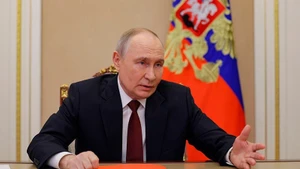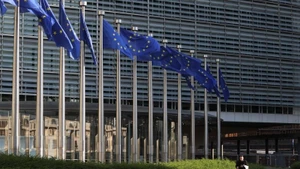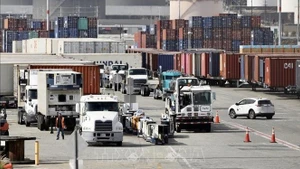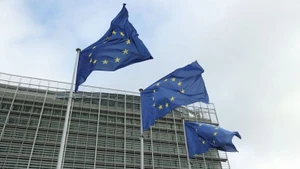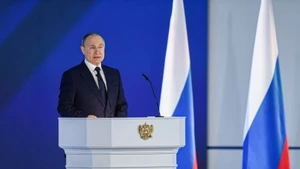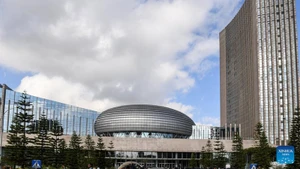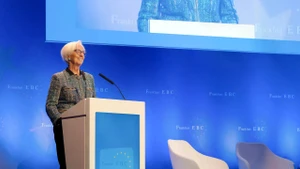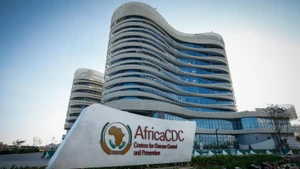The agreement opens new opportunities for trade and investment cooperation between the two sides, helping to reduce uncertainty in bilateral relations, although it also raises concerns about a challenging and difficult implementation process ahead.
The joint memorandum of understanding (MOU) was signed by RoK’s Minister of Trade, Industry and Energy Kim Jung Kwan and US Secretary of Commerce Howard Lutnick based on the detailed agreement reached on October 29. It is the result of two summits held between RoK President Lee Jae Myung and US President Donald Trump in mid-August and late October.
Under the agreement, Seoul committed to invest 350 billion USD in exchange for tariff reductions from Washington. Of this amount, 200 billion USD will be invested in instalments in cash, with both sides selecting specific projects before the end of President Trump’s term in January 2029. Priority investment areas include energy, semiconductors, pharmaceuticals, critical minerals, artificial intelligence, and quantum computing, among others. The remaining 150 billion USD is expected to be allocated to bilateral shipbuilding cooperation.
Meanwhile, the US has lowered reciprocal tariffs on RoK goods from 25% to 15% since August 7 and plans to reduce tariffs on RoK’s automobiles and timber to 15%. RoK’s timber and pharmaceutical products will receive “most-favoured-nation” treatment, while aircraft parts, common medicines, and natural resources which are not produced in the US will be exempt from tariffs. For semiconductors, tariff levels will be set equivalent to those applied to Taiwan (China), the RoK’s main competitor in this sector. In addition, Washington agreed to cooperate in supplying fuel for Seoul’s nuclear-powered submarine project and expressed support for its ally’s efforts to ensure the capacity to enrich uranium and recycle used nuclear fuel for peaceful purposes.
The US agreement to reduce tariffs on RoK’s major exports has helped ease trade uncertainty and put RoK on a par with Japan and the European Union (EU). Notably, Washington’s tariff commitments on semiconductor for RoK’s companies will be no less favourable than those applied to its main competitors. In the field of defence, the RoK also gains significant benefits as the US has approved Seoul’s pursuit of building nuclear-powered submarine, a capability long seen by Korean strategists as vital to strengthening maritime deterrence. In return, Seoul has pledged to raise its defence spending to 3.5% of GDP to reinforce its role as a key ally of the US in ensuring regional security.
According to Korean analysts, the benefits gained from the agreement come with “costly conditions,” particularly Seoul’s strategic investment commitment of 350 billion USD in the US. Economists have warned that this capital outflow could worsen the domestic USD shortage, increase exchange rate fluctuations, and restrict domestic investment at a time when the RoK’s economy is structurally weakening. Another concern is the more difficult challenges awaiting the RoK during agreement implementation process. Pursuing uranium enrichment, nuclear fuel recycling, and nuclear-powered-submarine building will require amendments to the bilateral civil nuclear agreement and approval from the US Congress. Even if legal obstacles are lifted, supplying fuel for naval reactors will involve complex negotiations over US export control regulations.
Experts have assessed that whether the RoK–US trade–security agreement becomes a foundation for further strengthening cooperation or a potential burden depends on the accompanying policy decisions and discipline during implementation. For the agreement to truly benefit the RoK, it will require stable management of capital outflow. If well controlled, the cost of the agreement can be seen as a potential investment in national resilience rather than an open-ended debt that may even become a barrier limiting future options.

